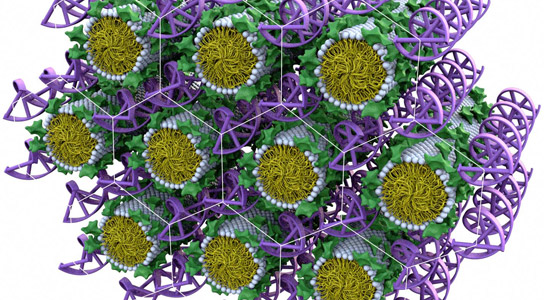
Artificial DNA nanostructures, or DNA origami. Credit: Core.form-ula
A new study indicates that DNA strands can be coaxed to fold into shapes in a matter of minutes. This could speed up progress in the field of DNA origami.
The scientists published their findings in the journal Science. So far, biotechnologists have only been able to make simple forms out of DNA, like tubes, boxes, and triangles. The process has been laborious and time-consuming, and there has been no nanoscale machinery available yet.
The new technique uses short strands of DNA to hold a longer, folded strand in place at certain points. Until now, scientists had to assemble the shape by heating the DNA and allowing it to cool over a week. The waiting time has been cut down to minutes by Hendrik Dietz, a biophysicist at the Technical University in Munich, Germany, and his team.
Dietz and his colleagues strained the DNA with fluorescent dye and watched what happened as it cooled and folded. By stopping the reaction at different states, they checked on how far the folding and sticking had gone. They found that for most of the temperature range nothing happens; but once a crucial temperature is reached, the whole structure suddenly forms.
Dietz analyzed the folding of 19 different DNA shapes, including cylindrical, brick-like, and cog-like objects. Each shape was folded in a narrow temperature range, between 45 °C and 60 °C (113 °F and 140 °F).
After the temperatures were attributed to specific shapes, the scientists subjected the unfolded DNA reaction mixtures to these temperatures for just a few minutes to see whether they would fold into the desired shape. They did and the scientists obtained a high yield.
DNA-origami experts will be able to speed up their work, and this will help them move beyond simple shapes. Dietz noticed that certain traits of the shapes that he made were correlated with the temperature at which they folded and hoped to build a computer model that would allow him to predict how to make other DNA objects. The goal is to design nanostructures with optimal folding temperatures close to 37 °C (98.6 °F), the temperature at which mammalian cell cultures are grown, so that DNA machines could one day be used in biological settings.
Reference: “Rapid Folding of DNA into Nanoscale Shapes at Constant Temperature” by Jean-Philippe J. Sobczak, Thomas G. Martin, Thomas Gerling and Hendrik Dietz, 14 December 2012, Science.
DOI: 10.1126/science.1229919

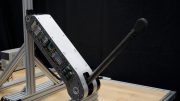
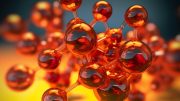

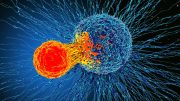
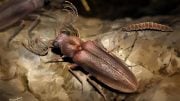

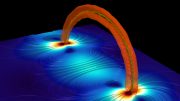
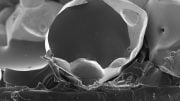
Be the first to comment on "Fast DNA Origami Allows Molecules to be Folded in Minutes"